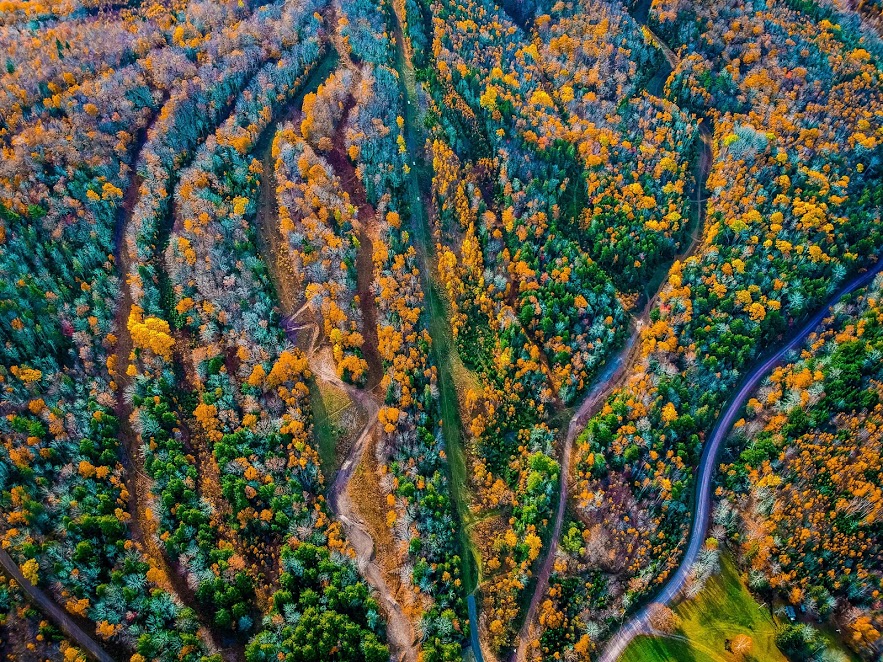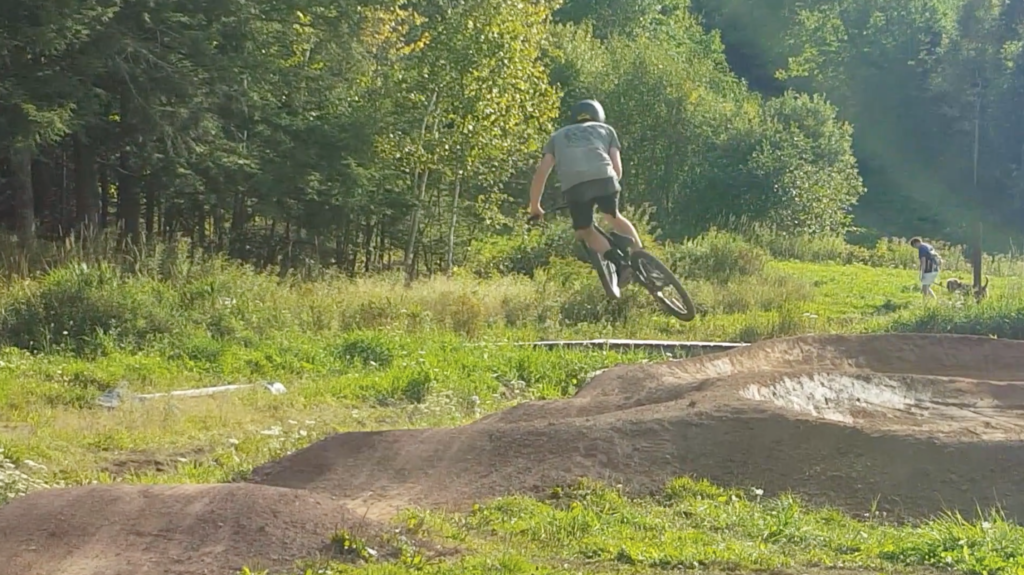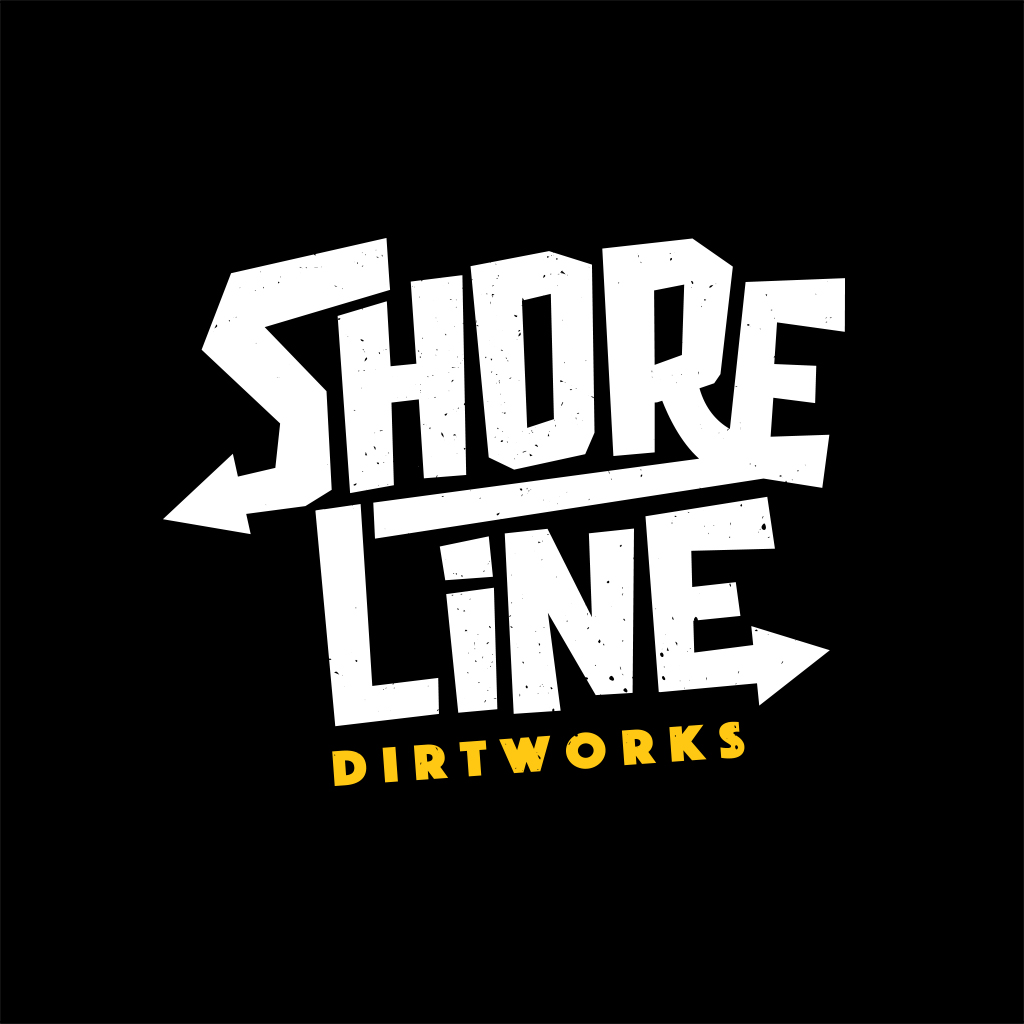After the ride, you all stop and enjoy the moment. Everything is perfect. Except that now you have to get home. As you drive home covered in sweat and smiles, everyone asks the same question;
How come we can’t have this at home?
Depends on where you live, that ride home from the trails might be an hour jaunt, a five hour trip, or a couple of flights. How can we change the conversation so that trails and pump tracks are in our backyard instead of somebody else’s.
It’s not an overnight process and it’s not a simple process. But it’s possible. So for those that are thinking, “could we do this”, the answer is yes. And here’s how.
Organize
It takes more than one person to build a bike park. While it’s obvious that it physically takes more than one person, you need to understand that the process takes more than one person. You need a voice. That voice should ideally come through an organization. This might mean that you partner with an existing non-profit or it might mean that you form such an organization. When it comes time to apply for grants and other funding opportunities, Mike from Canmore is not going to work but the Nova Scotia Mountain Biking Trails Association might. Whether you are partnering or forming that organization, setting a vision is of the utmost importance. The last thing you want is to find out that the four people that are responsible for final decisions, would choose four different decisions. Check in often. Make sure you’re all on the same page.
Deploy, Learn and Inform
Often, we see individuals lead the charge only to find out that they could have had so many other people advocating for them. Reach out to businesses, community organizations such as Kin People or Lions Clubs, local and not so local politicians, bike shops, rider associations. You’re going to need people to donate time, money, and energy and you’re going to need people to sell your vision on your behalf. Find out who’s all in and set loose. Find out who’s not and find out why. Realize that while your vision should remain fairly standard, you’re going to need to iterate with your group and it might not be a short path. In fact, it likely won’t.

Riders
Make sure that the people who are already riding and building community within a region are engaged. First, you don’t want to step on toes, hurt feelings, or create divides but second, once you unleash a motivated rider into the community you’re going to see things happen. Find families. Find individuals. Find the local stars. Bring together data on how many people are already active without the supports in place and tie it into the multitude of research on the health and economic impacts of building bike trails and parks.
Money
Trails don’t build themselves. They don’t advertise themselves. Land isn’t free. Construction equipment isn’t free. When you’re getting started, you need to find money however you can. Charity auctions, pancake suppers, bottle drives, and simple donations are going to be your starting point. Once you’ve found some momentum when it comes to money, you can use that initial momentum to look for matching grants and related programs. Sometimes these programs come with a few hoops to jump through such as land owner agreements, non profit partnerships, etc but the hoops are very much worth jumping through. One thing that we can’t stress enough is to be intentional and transparent with funding. Even if all parties agree, you need to run things through all the right channels. Leave nothing to question.
Land
Parks need land. There’s not much that can be done without it. Start by finding out who owns the land that you think would work for what you want to accomplish. Land ownership is publicly available information. Who land belongs to will determine the next steps. Sometimes it’s good if the land is owned by a municipality and sometimes it’s not. Sometimes land owners will see the immediate potential and sometimes they won’t. Your job, and the job of your entire organization, is to take it seriously. The more appealing you can make this look from a business case or a community case, the more likely you are to punch your way through this wall and make no mistake, it can be a wall. Understand that your ideal location might also be someone else’s ideal location for something entirely different. Don’t get discouraged if your perfect spot isn’t available. Keep working.

Insurance
Often times, the simplest case is municipal land because that means municipal insurance. Private landowners will need to contact insurance companies that insure these kinds of operations. There are few in Canada. One is Oasis Insurance in Saskatchewan. If you can get your project off the ground, you can probably find a sponsor to help with your insurance costs.
Maintain
The last day of a build is the first day of maintenance. Have a plan in place to maintain the project. Community after community build great things only to have them fall apart because they didn’t plan for the idea that things break and everything needs a little love. Some of this work can be done by volunteers but volunteers burn out over time so make sure that you’ve got a plan.
